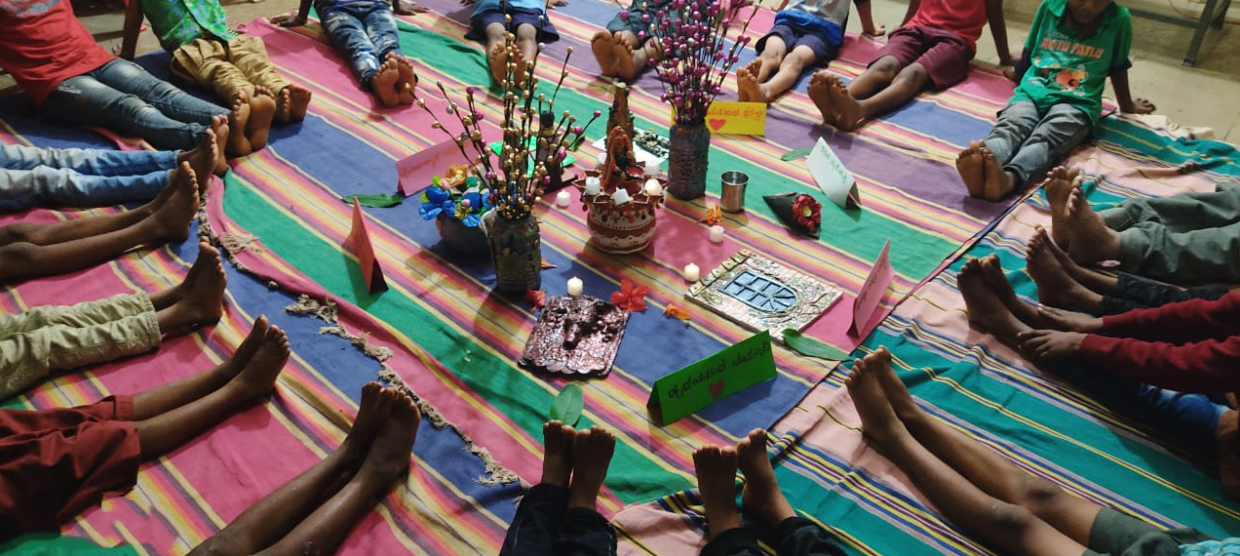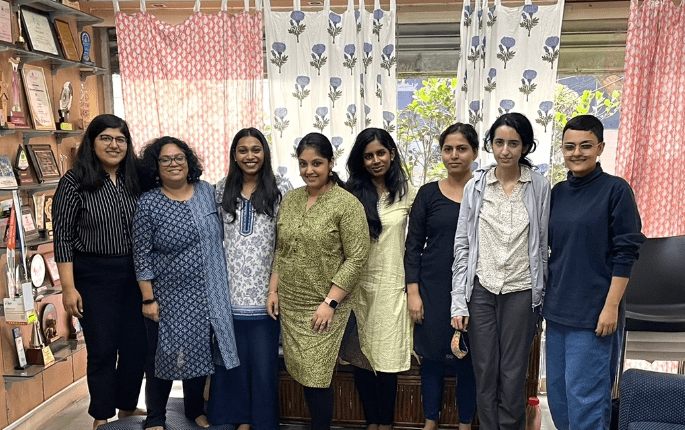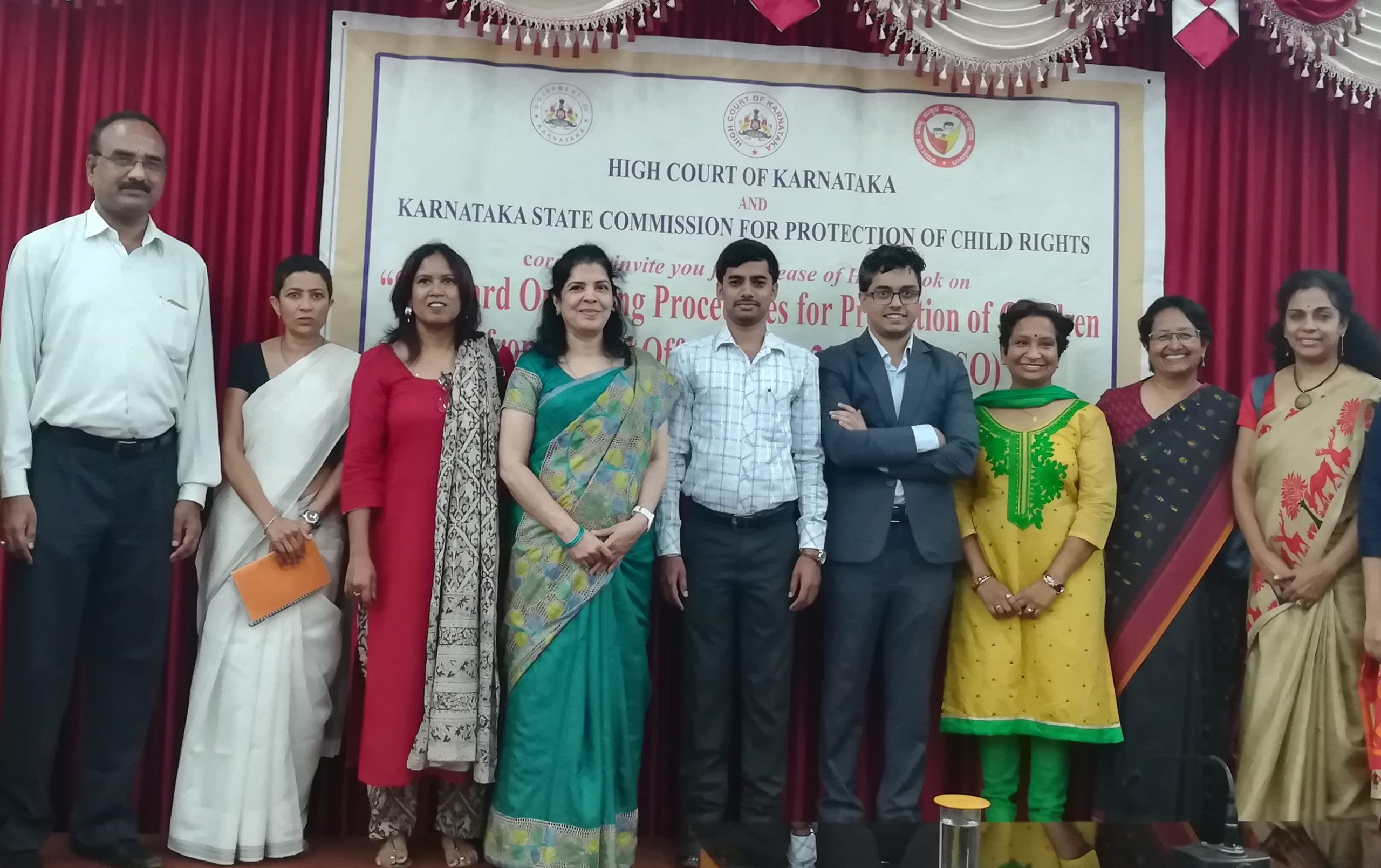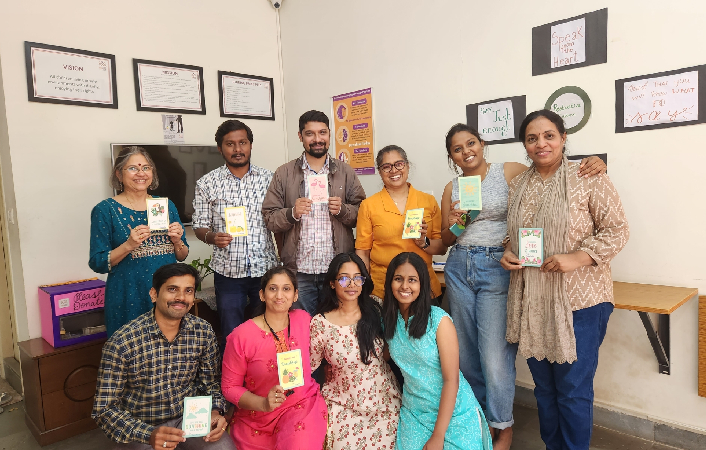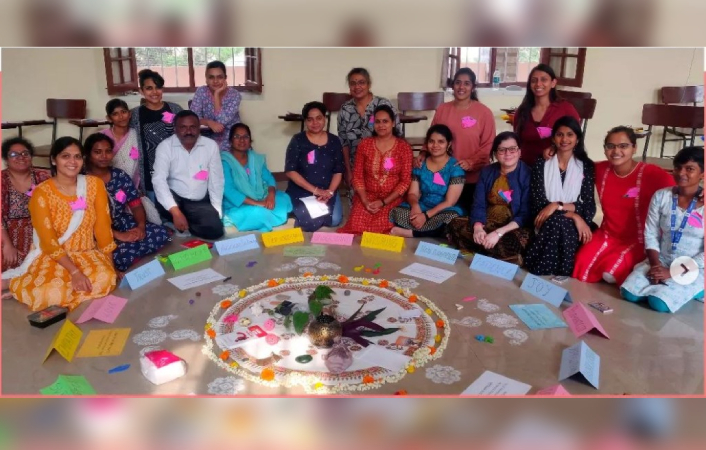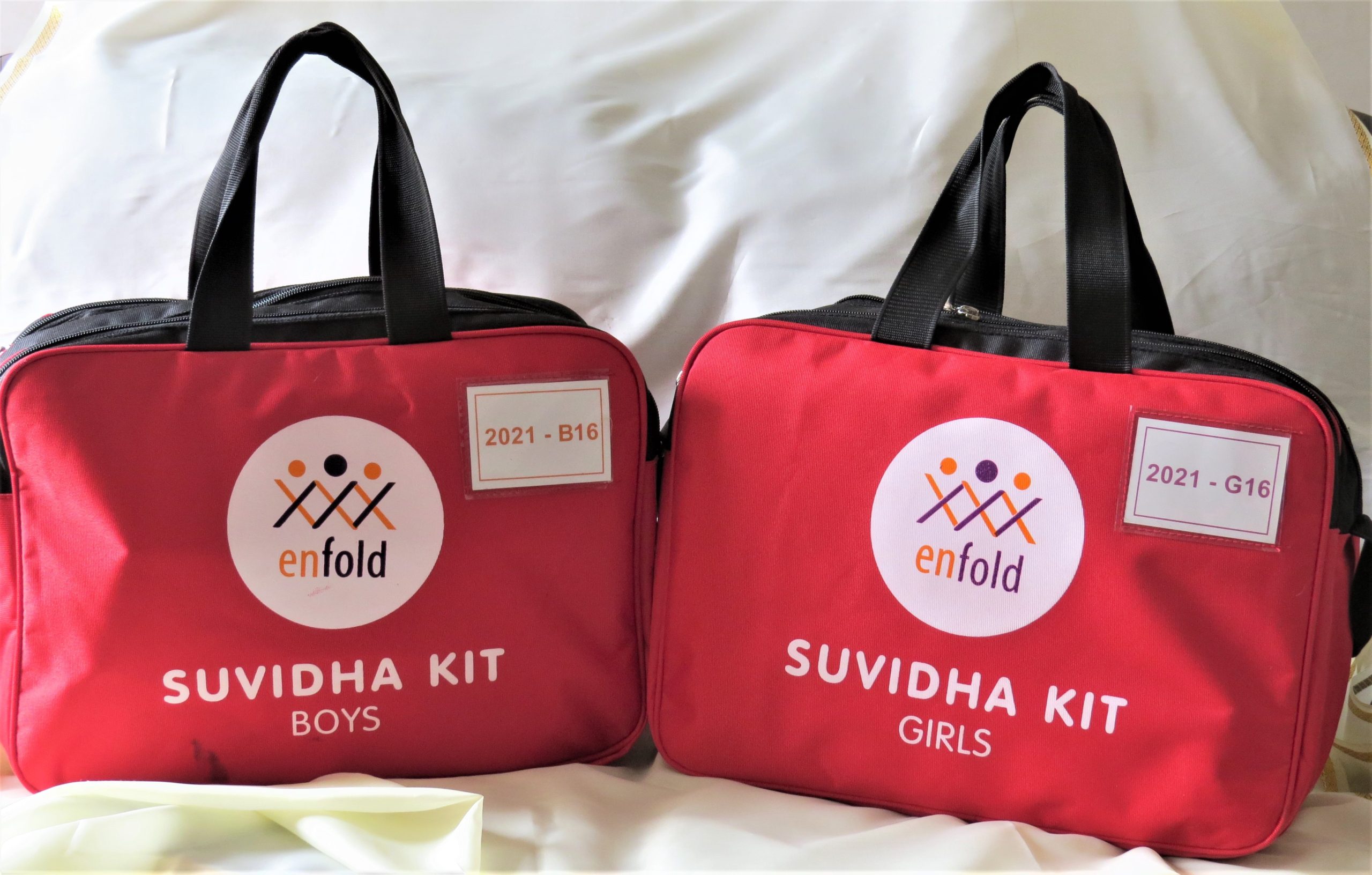Restorative Circles- A Safe Space for Children to Share Their Feelings
I am a social worker by training and I have worked in Child Care Institutions (CCIs) as a counselor for 4 years. It was while working with children in the CCI, that a voice inside me came alive telling me that I can do something more for children. That is when I joined the Restorative Practices team at Enfold. In the course of my 3.5 years at Enfold, I got the opportunity to sit in Restorative Circles (RC), be part of many workshops, and witness how Circles help children to open up and share their perspectives and feelings.
RC is a practice that helps participants co-create a safe space which fosters sharing of stories from one’s life, and in building, repairing and restoring relationships.
How does RC create a safe space for children?
Some children can be shy by nature or have not received sufficient support or opportunities to express their feelings freely. With RC, certain elements come into play that foster sharing through story-telling and enable even a shy or introverted child to express themselves. The essence of sitting in a Circle is the belief that all are equal, with everyone sitting on the same level, with the ability to see each other; a setting different from classrooms or sessions, where the teacher or facilitator who holds power stands in the front imparting knowledge. Children can see that even if the Circle-Keepers are adults, the power is shared with all present.
Source: Teaching Restorative Practices with Classroom Circles
When working with the children at CCIs, we found that using anecdotes that children relate to can build deeper connections. For example, when talking about the values that will help everyone share freely, a parallel is drawn between the values and the bricks used for construction, as many were children of construction workers. They were able to relate that if the laying of the bricks were weak, the building would fall, and in the same way the RC would not work well if the co-created values are not followed. Values such as non-judgmental behaviour, confidentiality, no teasing, active listening, empathy, and the like helped create a safe and comfortable place for all.
Restorative Circle facilitated in Children’s Home for Girls, Bengaluru
I remember being surprised when a child reminded other children by saying “I am speaking from the heart, and you should not speak in between, you’re supposed to listen from your heart”. That kind of ownership, the voice of the children, surprises me with how Circles can equalize the power of everyone sitting in the Circle. In Circles I facilitated, I noticed how children would share that they loved sitting in Circles and listening to each other, as even though they were in the same space with the children at all times, they often did not interact with each other causing misunderstandings among them. This changed when they would come in and participate in the Circle. They were able to understand each other better and this helped bring them closer to one another. One child said she had a very different opinion of one of her peers but after hearing her in a Circle they were able to become best friends to the surprise of many of the other children. In a space such as a CCI where children do not necessarily have a sense of belonging, the Circle could offer that to them.
Fostering belongingness
While most children do not have personal articles of significance, they would offer small items such as keychains, bangles, earrings, gifts from other children, craft items made by them, or even a simple pen as Talking Pieces. The Talking Pieces (TP) served as a mike that moved from person to person in a Circle, allowing every child to speak from their heart and listen deeply. The children understand that one can only talk when the TP is in one’s hand as it promotes active listening and patience, and creates space for the person holding the TP to share without interruptions. I remember one incident where one child brought his family photo for the Circle when he was sharing about the significance of his Talking Piece. With tears rolling down his eyes, he spoke about each person in that picture and about how much he was missing them. It was then that all the children consoled him and hugged him. I saw the power of a Circle to build relationships through sharing stories.
One time, five children from a tribal community in Assam took the help of another girl who understood their dialect and expressed an interest in joining our Circles and asked me why we were not facilitating Circles with them. I then facilitated a Circle for just them and with the help of that one child who was also able to communicate in Hindi, we were able to understand their stories about their aspirations and their experiences.
Voluntary Participation
An essential part of sharing in a Circle is that it is voluntary and if one chooses to not participate or not share, that is respected. Passing of the TP with no repercussions helps in creating a sense of safety and belief in a child that their needs and wishes in that Circle are respected. In one of our Circles in a CCI, a child did not want to participate, but chose to sit quietly in the room outside the Circle and draw. This continued for four Circles. During our fifth Circle, she asked my colleague, “Amma can I join the Circle today? I feel like I can share my story and speak in Circles like others.” When it was her turn to share, she said that she had been through very difficult times, and from the time she was admitted to the CCI she had faced rude comments and judgmental attitudes with people assuming she was a ‘bad girl’. This made her angry and violent towards the staff and children. She broke down and said, “That is completely not me, my response and behavior are only reactions to how I’m treated by everyone here.”. It ignited a flow of thoughts in me about how adults’ behaviors affect children, causing them to completely forget who they are and making them behave differently.
Overall Restorative Circles help create spaces for all children, particularly those in difficult situations, to express their thoughts and feelings freely and to feel understood.
Circle facilitated with the children of Government Children’s Home for Boys, Gadag
Written by:
Pavithra
Vibha Angre and inputs and support from the Restorative Practices team, Enfold Proactive Health Trust



